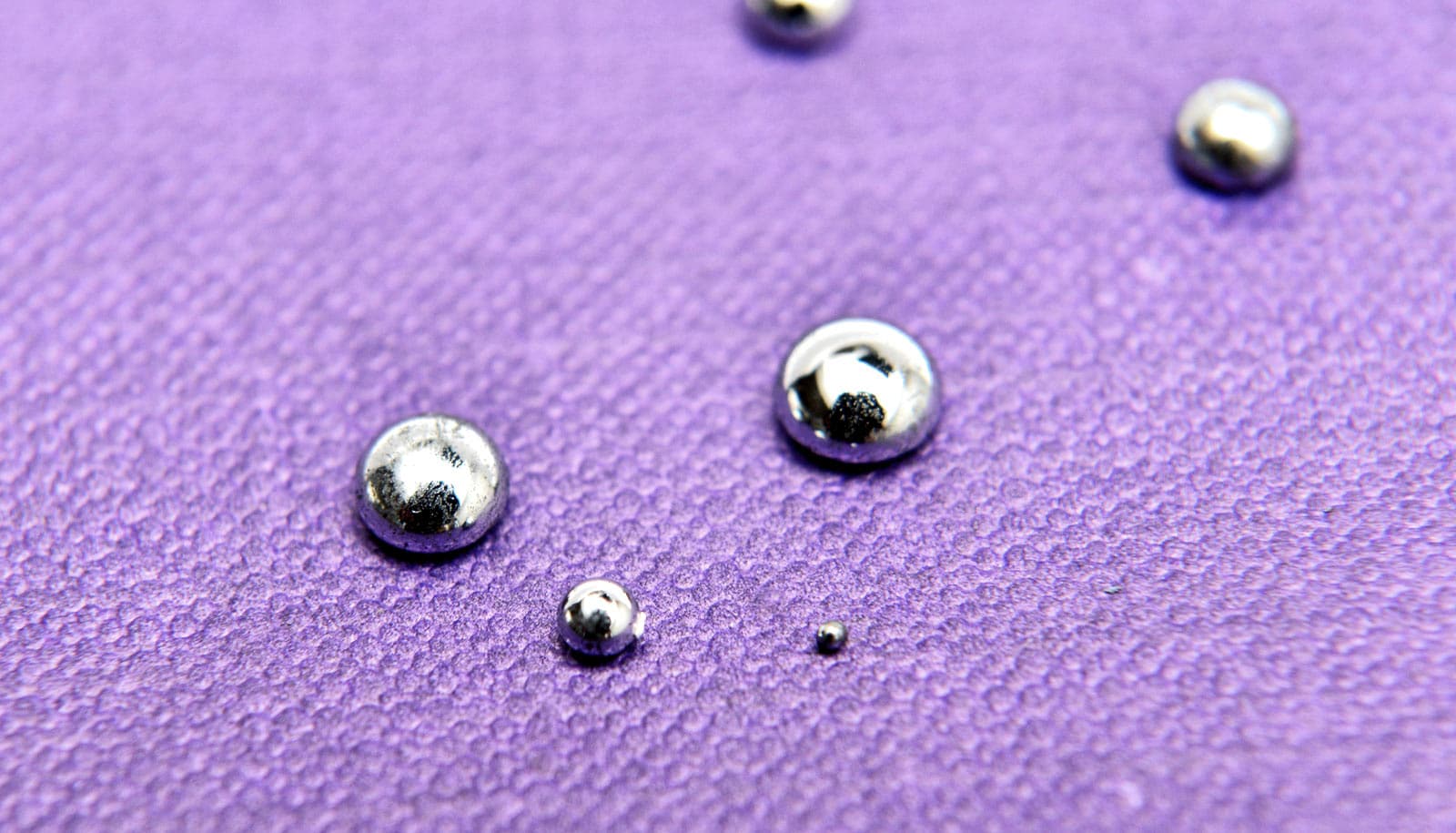Engineers can now combine up to eight different metals into a single uniformly mixed particle that’s 100 billionths of a meter in size or smaller.
“This method enables new combinations of metals that do not exist in nature and do not otherwise go together,” says Chao Wang, assistant professor of chemical and biomolecular engineering at Johns Hopkins University and a coauthor of the study in Science.
The stable new nanoparticles will be useful in the chemical and energy industries, the researchers say.
Catalysts, substances that speed up chemical reactions, help make many industrial products like fertilizers and plastics. Metallic alloy nanoparticles—particles ranging from about a billionth to 100 billionths of a meter in size—are critical to such processes.
Limitations arise when combining extremely different metals to form homogeneous alloys. The problem has been even more challenging when downsizing to the microscopic nanoscale required for catalytic applications.
The new method uses shock waves to heat the metals to extremely high temperatures—2,000 degrees Kelvin (more than 3,140 degrees Fahrenheit) and higher—at exceptionally rapid rates, both heating and cooling them in the span of milliseconds. Researchers melted the metals together to form small droplets of liquid solutions at the high temperatures, which then rapidly cool to form homogeneous nanoparticles.
Traditional methods, which rely on relatively slow and low-temperature heating and cooling techniques, often result in clumps of metal instead of separate particles.
Researchers expect the new materials, known as high-entropy-alloy nanoparticles, to improve energy efficiency in manufacturing and lower production costs.
Wang’s research group designed a five-metal catalyst, demonstrating superior catalytic performance for selective oxidation of ammonia to nitrogen oxide. That reaction produces nitric acid, an important chemical in large-scale production of fertilizers and other products.
Colliding and fusing nanoparticles caught on tape
To create their nanoparticles, researchers loaded metal salts—which form via a reaction between a metal and acids such hydrochloric acid and sulfuric acid—onto carbon nanofiber, a conductive supporting material commonly used in catalysis. They used an electrical pulse similar to a short circuit to shock the metal salts with heat and controlled the mixtures’ kinetic and thermodynamic properties by adjusting the cooling rate.
Synergistic effects among the dissimilar metals permit unprecedented catalytic mechanisms and reaction pathways. In addition to nitric acid production, the researchers are exploring use of the nanoparticles in reactions like the removal of nitrogen oxide from vehicle exhaust.
This research had support from Johns Hopkins, the National Science Foundation, the Defense Department, and the Office of Naval Research.
The work in Wang’s lab was part of a collaboration with colleagues from the University of Maryland, College Park; the University of Illinois at Chicago; and MIT.
Source: Johns Hopkins University



